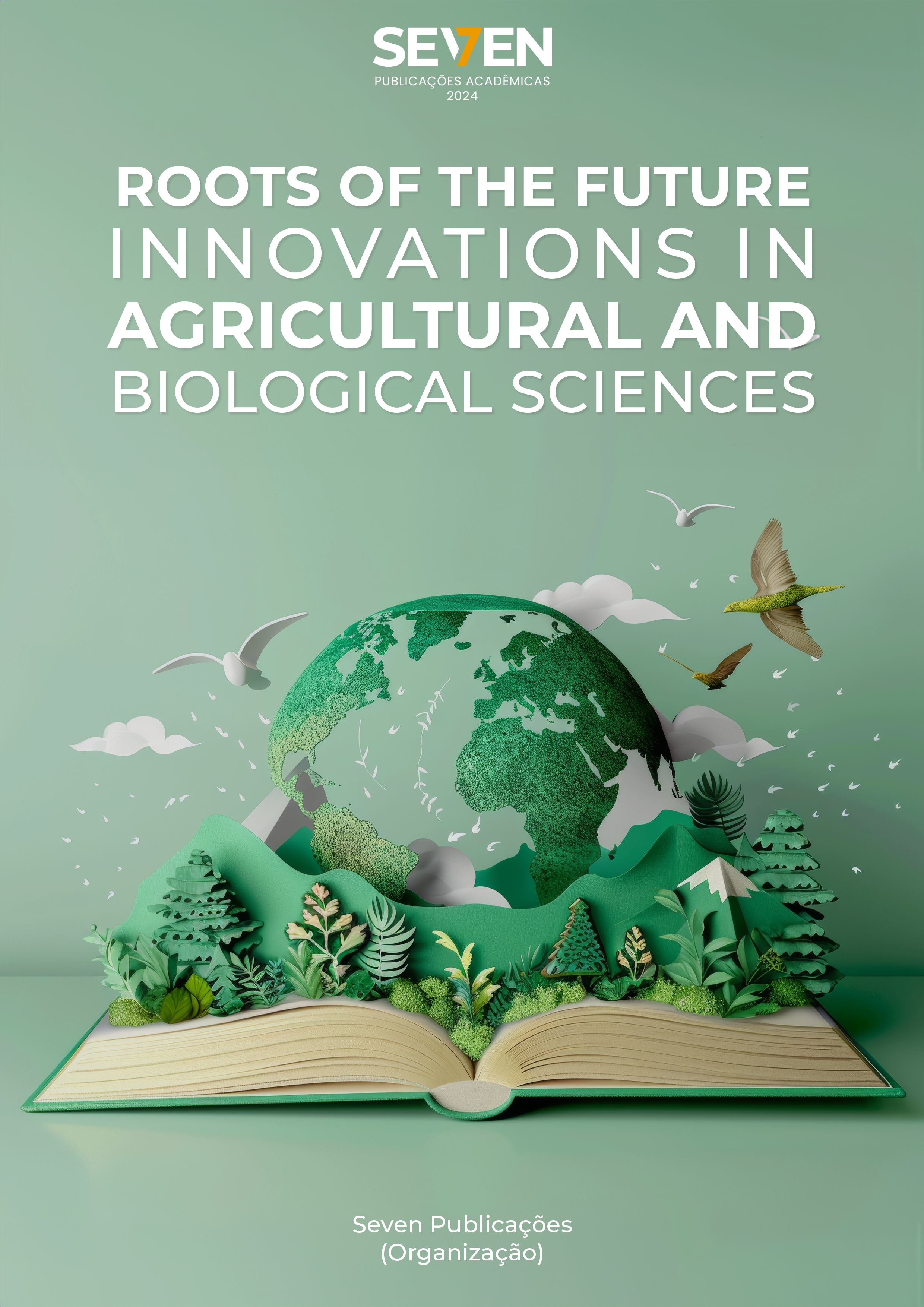PRODUCTIVE REALITY AND POSSIBILITY OF USING CULTIVARS OF THE GENUS MEGATHYRSUS
Keywords:
Forage, Pasture management, Intensive systemsAbstract
Inadequate pasture management in Brazil has resulted in degradation and reduced livestock productivity. Disordered intensive grazing compromises the response capacity of forages, while the lack of soil correction and fertilization, together with inadequate practices, contribute to low productivity and degradation of the environment. Erosion, especially laminar erosion, is a significant indicator of this problem, causing soil loss and increasing runoff. In addition, poor practices promote the emergence of weeds, aggravating the situation. It is crucial to adopt sustainable management technologies, such as pasture reform and recovery, to maintain their productive capacity. The choice of suitable forages and specific management are essential to ensure the sustainability of the animal production system. Cultivars of the genus Megathyrsus maximus are highlighted for their high dry matter production and nutritional quality. Since the 1980s, several cultivars have been developed in Brazil, starting with the Colonião cultivar, one of the first, and also others such as Tanzania-1, Mombasa, Massai, BRS Zuri, BRS Tamani and BRS Kenya, more current. The productive capacity of the forage canopy is influenced by factors such as temperature, light and nutrients, which must be respected for good production and persistence of pastures. Proper management, with grazing strategies, is necessary to optimize production and efficiency in pasture use.
Downloads
Published
Issue
Section
License
Copyright (c) 2024 Gustavo de Sousa Santos, Danilo Corrêa Baião, Alessandro José Marques Santos, Clarice Backes, Arthur Gabriel Teodoro , Danilo Augusto Tomazello

This work is licensed under a Creative Commons Attribution-NonCommercial 4.0 International License.





